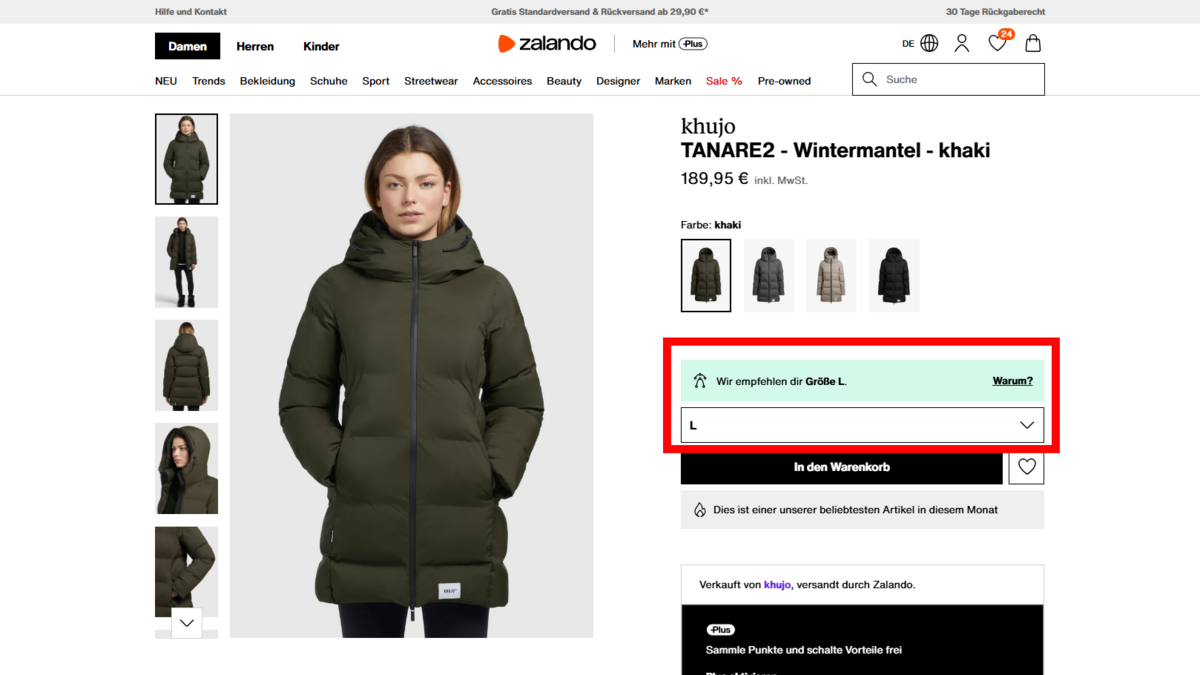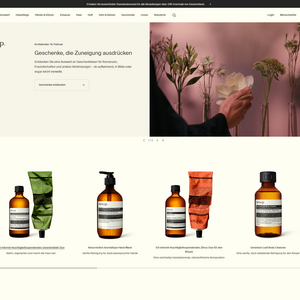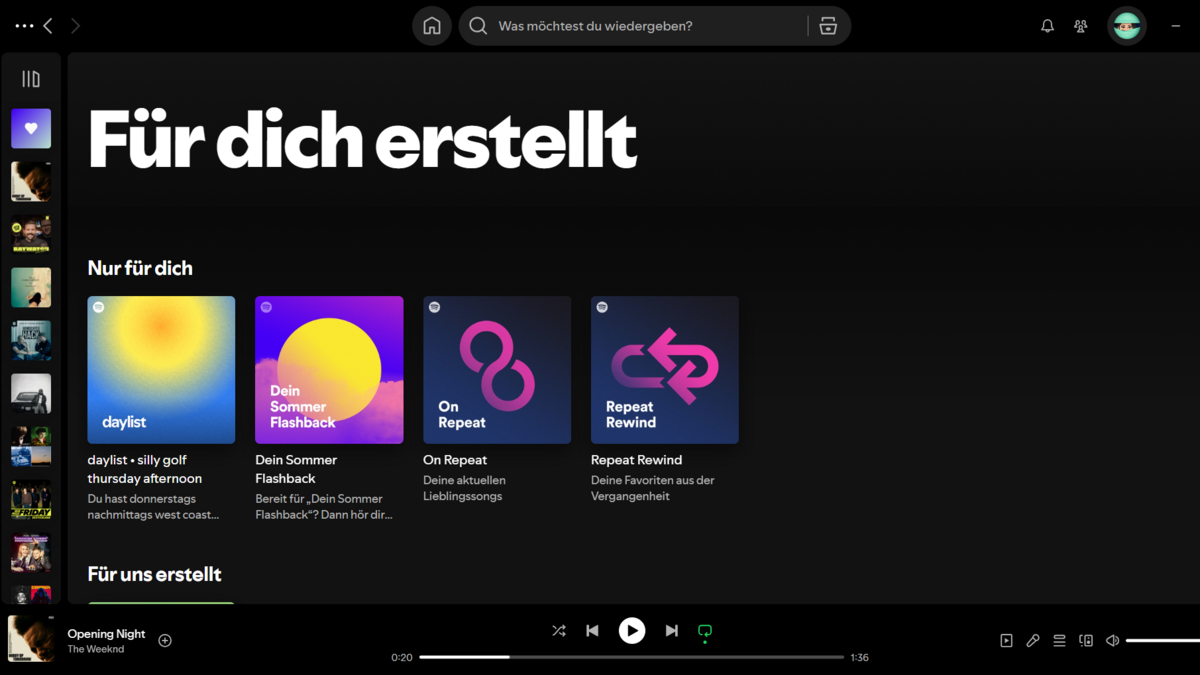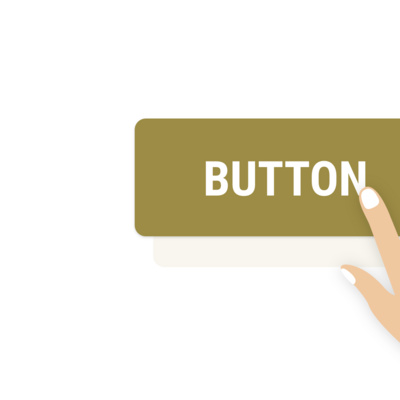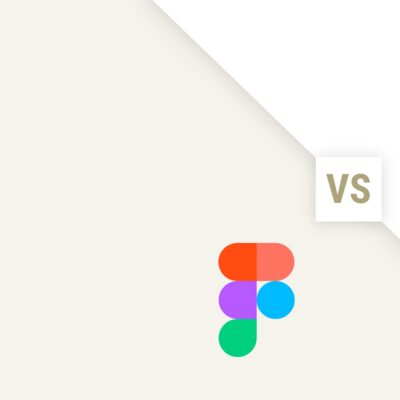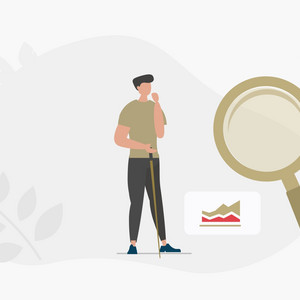Imagine visiting a website or app that adapts to your needs in real time with personalized content, intuitive navigation and AI-powered recommendations. The future of UX design starts now! The UX trends 2025 revolve around artificial intelligence (AI), personalization and adaptive user interfaces that are revolutionizing everyday digital life. But which developments are particularly relevant and how can companies optimize their digital experiences?
Artificial intelligence in the UX area
AI is getting smarter and smarter and is fundamentally transforming UX design. In addition to automation, it ensures even more intuitive and pleasant interaction. One example is Zalando, which uses AI to recommend the right size. The technology analyses body measurements, purchasing behaviour and customer feedback to reduce returns and optimize the shopping experience. This takes the guesswork out of whether the chosen item of clothing fits in the right size. AI provides a precise, data-based recommendation.
AI is increasingly able to recognize individual user needs and respond to them proactively. Smart chatbots, predictive analytics and contextual recommendations will have a decisive impact on UX design in the future
Personalization in UX design
The key to better experiences
Personalization is playing an increasingly important role in digital experiences and will become even more important in 2025. Platforms such as Netflix are already using personalization to recommend films and series based on viewing behavior. But tailored experiences are by no means just about entertainment.
Education apps such as Duolingo rely on personalized learning paths: they analyse individual behaviour and adapt exercises in real time to maximize learning progress. Those who frequently make grammatical errors are given targeted tasks to improve. Personalized challenges and reminders make the learning process more effective and motivating.
This trend illustrates that customized experiences strengthen people's interaction and loyalty. Companies that align their UX strategies with this not only increase satisfaction, but also conversion rates.
Minimalist UI design
Less distraction, more focus
Minimalism will remain a key topic in UI design in 2025. The flood of information is increasing, while people have less and less time. Clear, uncluttered interfaces help people to find their way intuitively
A prime example is Aesop's website: large product images, reduced text and clear navigation direct the focus to the essentials. This design principle emphasizes that less is often more and that a well thought-out, minimalist layout significantly improves the user experience. The result is a stylish, clear shopping experience that both strengthens the brand and optimizes user guidance.
Adaptive surfaces
Digital products are becoming more flexible
Modern UI designs must not only be minimalist, but also dynamic and adaptable. Adaptive user interfaces react to user behavior and facilitate interaction.
Spotify already uses this approach: the app adapts the display of playlists based on listening behavior. Regularly played songs and personalized playlists come to the fore so that the content you are looking for can be found more quickly. Functions such as "Your mix of the week" or "Daily mixes" are based on individual preferences.
This intelligent adaptability will be increasingly used in 2025 to make digital products even more user-friendly and efficient.
Voice User Interfaces
Voice control in everyday digital life
The future of digital interaction lies in the voice. Voice user interfaces (VUI) have evolved rapidly in recent years and will have an even greater impact on UX design in 2025. One outstanding example of this is the MBUX system from Mercedes-Benz, which has revolutionized the way drivers interact with their cars.
Instead of using buttons or touchscreens, a simple "Hey Mercedes" is all it takes to operate functions such as navigation, music or air conditioning by voice. The system not only recognizes simple commands, but also natural speech and adapts to the driver's habits. For example, if someone wants to change the temperature, a command such as "I'm cold" is enough - the car responds immediately.
The integration of voice user interfaces not only makes the use of digital devices easier and faster, but also more intuitive. In the automotive sector in particular, this technology enables seamless, distraction-free operation that is both convenient and practical. In the future, voice control will become increasingly present in e-commerce, smart homes and businesses and an integral part of digital applications.
Conclusion
The UX Trends 2025 show that digital experiences are becoming increasingly personalized, intuitive and flexible. Companies that integrate AI, adaptive designs and voice control into their UX strategies are setting new standards and ensuring even more seamless and enjoyable interaction.
Those who focus on these trends early on will not only remain competitive, but also create digital products that inspire people and retain them in the long term. The future of user experience starts now - help shape it!

